- Written By Team DWS
- Japan
- May 20, 2025
Celebrating Tradition: A Deep Dive into Sanja Matsuri – Tokyo's Vibrant Festival
Every spring, as cherry blossoms begin to paint the streets of Tokyo in soft hues of pink, one of the city’s most spirited traditions bursts into life: Sanja Matsuri. Taking place over the third weekend of May, this age-old festival is not just a celebration; it’s a vibrant tapestry woven from history, culture, and community. As we delve into the essence of Sanja Matsuri, we’ll explore its origins, traditions, festivities, and the profound sense of community that it fosters.
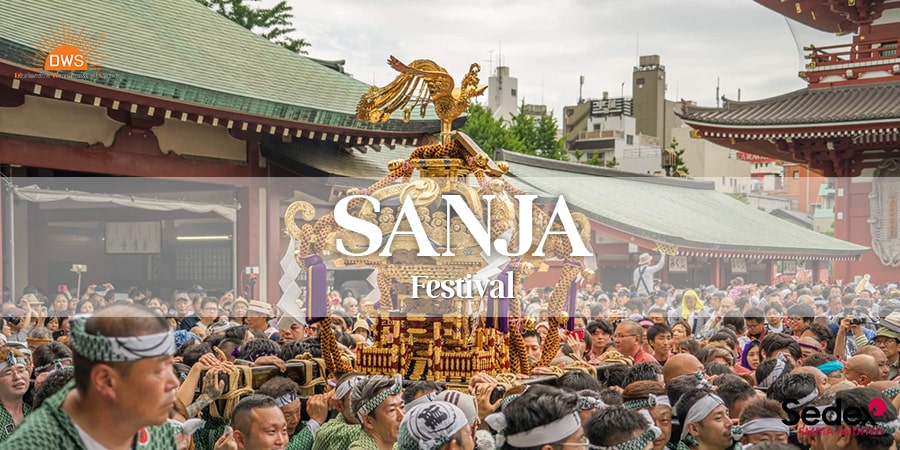
Roots of Sanja Matsuri
Sanja Matsuri, translated to “Festival of the Three Deities,” honors the three founders of Asakusa’s Senso-ji Temple – Hinokuma Takenari, Hinokuma Hamanari, and Kabuto Togakushi. These three men were instrumental in the establishment of the temple in the 7th century when they discovered a statue of Kannon, the Goddess of Mercy, in the Sumida River. The festival, which has been celebrated for over 250 years, is a homage to these figures and seeks to bless the local community, express gratitude, and share a connection with the divine.
The Heart of the Festival: Mikoshi
At the center of Sanja Matsuri are the mikoshi — portable shrines that are carried through the streets by groups of enthusiastic festival-goers. Each mikoshi symbolizes a deity and serves as a vessel for the divine spirit during the festival. The sight of these ornate shrines being hoisted onto the shoulders of locals is a defining image of the festival. Traditionally, the carrying of the mikoshi requires great strength, coordination, and teamwork, embodying the spirit of camaraderie and community solidarity.
The rhythm of the festival is perpetuated by the chants of “wasshoi!” as the crowd lifts the mikoshi in unison, perpetuating the exhilarating atmosphere in the heart of Asakusa. It is a sight that captivates not just participants but also spectators, enveloping them in a quaint yet electrifying ambiance that reverberates through the air.
The Colorful Procession
As the sun rises over Tokyo, a kaleidoscope of colors bursts forth. Traditional yukata outfits, adorned with vibrant patterns, are worn by participants. The men often wear happi coats, while women donned in flowing kimono grace the streets, contributing to a picturesque scene reminiscent of Japan’s storied past. The streets of Asakusa, often bustling with tourists, transform into an animated spectacle as floats, musicians, and dancers parade harmoniously.
Among the highlights of the festival are the performances of traditional Japanese folk dances and music. Taiko drumming resonates through the crowds, engaging everyone in rhythmic cheer. The lively melodies echo the spirit of Japan’s vast cultural heritage, uniting generations of locals and visitors alike.
Food, Fun, and Festivities
Sanja Matsuri is not just a visual and auditory feast; it also offers a tantalizing array of culinary delights. Food vendors line the festival path, serving delicious offerings like yakitori (grilled chicken skewers), takoyaki (octopus balls), and sweet delights such as taiyaki (fish-shaped cakes filled with red bean paste). The aroma of delicious street food fills the air, creating an atmosphere that heightens the senses, further inviting visitors to indulge in the cultural heritage interspersed with modern tastes.
Fun is ubiquitous, with families engaging in games, trying their hand at goldfish scooping or simply enjoying the jovial company of friends and strangers alike. Sanja Matsuri encourages a sense of togetherness that goes beyond individual experience; it’s a collective celebration of life, culture, and community that transcends time.
Honoring the Divine
A significant facet of Sanja Matsuri is the spiritual connection it fosters. Many attendees participate not merely for the festivities but to offer their prayers and gratitude. The festival serves as a reminder of the importance of tradition, family, and community ties. The presence of local Shinto priests performing rituals throughout the event reinforces this connection, imbuing each rite with sacredness.
The festival also attracts thousands of visitors from around the world. For many foreigners, Sanja Matsuri offers a unique opportunity to glimpse Japan’s rich cultural heritage. As one walks through the streets of Asakusa during the festival, it’s easy to get swept up in the enchanting atmosphere, providing a sensory experience that leaves lasting memories.
Conclusion: A Living Tradition
Sanja Matsuri is not merely an event; it embodies a living tradition that continues to thrive in Tokyo’s modern landscape. It serves as a testament to the resilience, vibrancy, and unity of the community, reminding us that amidst the hustle and bustle of urban life, it is the rich tapestry of traditions that binds us all together.
As the festival draws to a close, the enthusiasm and camaraderie linger in the air, leaving a lasting impression on participants and spectators alike. The vibrant colors of the mikoshi, the rhythmic sounds of chants, and the shared laughter echo in the hearts of those who witnessed the celebration, reminding everyone of the importance of cultural heritage. Each moment captured during the Sanja Matsuri serves as a reminder that, even in the rapidly changing pace of modern Tokyo, the spirit of community and tradition remains an unwavering force, weaving connections across generations and inspiring hope for the future. Through this festival, the people of Tokyo not only honor their past but also celebrate their shared identity, reinforcing the bonds that unite them amidst the ever-evolving urban landscape.

Sanja Matsuri FAQs (Frequently Asked Questions)
Certainly! Here are some frequently asked questions (FAQs) about Sanja Matsuri:
1. What is Sanja Matsuri?
Sanja Matsuri, or "Three Shrines Festival," is a traditional Japanese festival held annually in May to honor the three founders of Asakusa's Sensō-ji Temple. It is one of Tokyo's largest and most famous festivals, featuring vibrant parades, traditional performances, and religious ceremonies.
2. When is Sanja Matsuri celebrated?
Sanja Matsuri is typically held over the weekend closest to the third Sunday in May. The exact dates can vary from year to year, so it’s best to check a current calendar before planning your visit.
3. Where does Sanja Matsuri take place?
The festival takes place in Asakusa, Tokyo, primarily around the Sensō-ji Temple and the surrounding streets.
4. What activities are featured during Sanja Matsuri?
The festival includes numerous activities such as:
- Processions of portable shrines (mikoshi) carried by participants
- Traditional dance and music performances
- Street food stalls offering local delicacies
- Spectacular displays of traditional clothing and cultural performances.
5. What is a mikoshi?
A mikoshi is a portable shrine that is believed to house the spirits of the deities. During Sanja Matsuri, teams of people carry these ornate mikoshi through the streets as a form of celebration and veneration.
6. Is Sanja Matsuri suitable for families?
Yes! The Sanja Matsuri welcomes participants and attendees of all ages. Families can enjoy the lively atmosphere, food stalls, and various cultural displays.
7. Do I need to buy tickets to attend Sanja Matsuri?
No, Sanja Matsuri is a free event open to the public. However, some activities may have fees, such as special performances or certain food stalls.
8. What should I wear to Sanja Matsuri?
It's recommended to wear comfortable clothing and shoes since you'll likely be walking a lot. Traditional Japanese clothing, such as yukata, is also a popular choice among attendees.
9. Can I participate in the festival?
Yes! Local residents often participate by carrying mikoshi or dressing in traditional attire. However, if you're not from the area, you may be able to join with a local group, but it's best to check ahead of time.
10. Is there food available during the festival?
Yes, Sanja Matsuri features numerous food stalls offering a wide variety of traditional Japanese street food, including yakitori (grilled chicken), sweet treats, and local specialties.
11. How do I get to Asakusa for the festival?
Asakusa is easily accessible via public transportation. The Tokyo Metro Ginza Line and Toei Asakusa Line have stations that get you right to the festival's main area.
12. Are there any tips for enjoying Sanja Matsuri?
- Arrive early to find a good spot for viewing the processions.
- Stay hydrated and wear sunscreen if you're visiting during warm weather.
- Be respectful of local customs and traditions while enjoying the festivities.
Conclusion
Whether you’re interested in Japanese culture, looking for a festive experience, or simply want to enjoy the atmosphere, Sanja Matsuri offers a unique glimpse into Tokyo’s rich traditions and community spirit.
Popular on Blogs
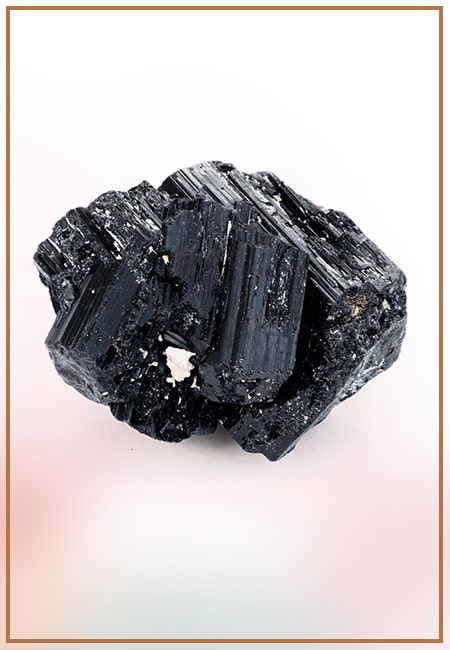
Black Tourmaline: Meaning, Healing Properties, Fascinating Facts, Powerful Attributes, Versatile Uses, and Beyond
September 05, 2023 / BY Team DWS
Black Tourmaline, also known as Schorl, is a highly revered crystal with incredible metaphysical properties. It derives its name from the Dutch word "turamali," meaning "stone with ..
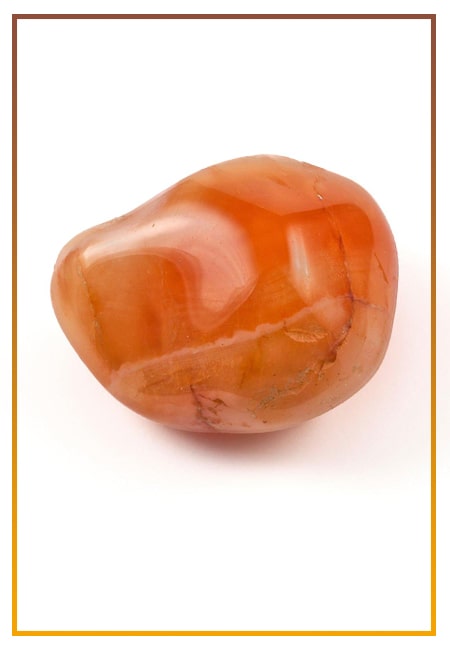
Carnelian Stone: Meaning, Healing Properties, Power, Facts, Color, Uses and More
December 26, 2023 / BY Team DWS
Carnelian is a vibrant and captivating gemstone that holds a plethora of meanings, healing properties, and powers. Its warm and fiery energy makes it a popular choice among crystal ..
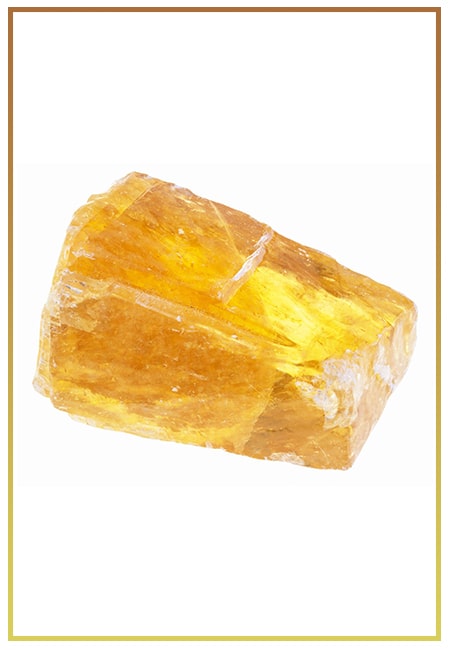
Citrine: Exploring its Meaning, Healing Properties, Fascinating Facts, Powers, Versatile Uses, and Much More
November 18, 2023 / BY Team DWS
Citrine, with its warm golden hues, has captured the attention and imagination of people for centuries. This beautiful gemstone, commonly associated with wealth and prosperity, hol ..

Black Onyx: Unveiling the Meaning, Healing Properties, Fascinating Facts, Powerful Attributes, Versatile Uses, and Beyond
July 25, 2023 / BY Team DWS
Black Onyx, a striking gemstone admired for its deep black hue and elegant appearance, has captivated people for centuries. In this comprehensive guide, we will delve into the mean ..
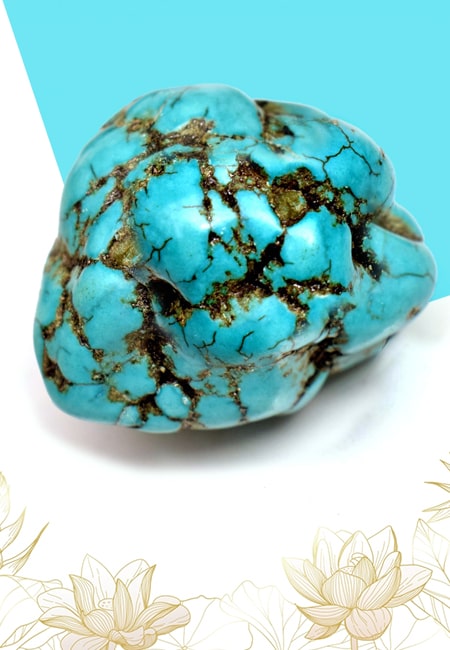
Unveiling the Mysteries of Turquoise Stone: Exploring its Meaning, Healing Properties, Power, Facts, Color, Uses, and More
December 05, 2023 / BY Team DWS
Turquoise, with its captivating blue-green hue, has been adorning jewelry and artifacts for centuries. This striking stone has a rich history, rich symbolism, and a plethora of int ..
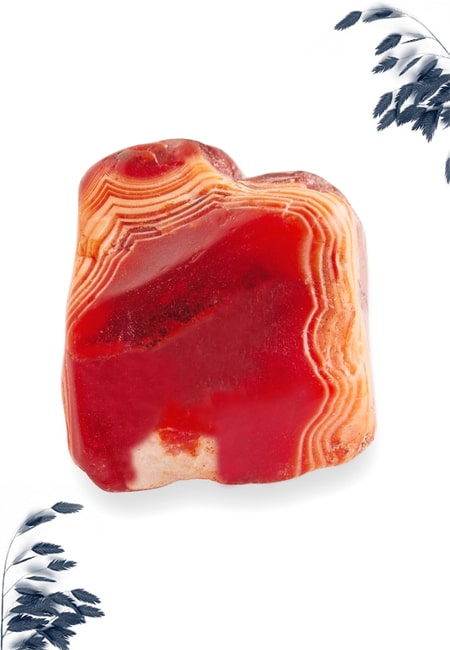
The History Behind The Popularity of Red Agate
December 23, 2022 / BY Team DWS
An Agate is a type of magma rock that takes many years till it is washed out naturally into the water. And that is the reason this stone has elements of water. This beautiful stone ..

Plan a Perfect Valentine's Week with Our Valentine Week List 2025
January 22, 2024 / BY Team DWS
Valentine's Day is undoubtedly the most romantic day of the year, but we believe that one day is just not enough to express your love and make your partner feel special. That's why ..
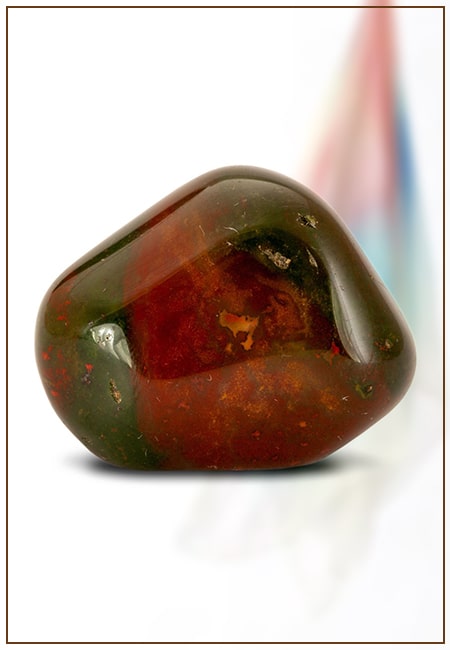
Bloodstone: Unveiling the Meaning, Healing Properties, Facts, Powers, Uses, and More
August 21, 2023 / BY Team DWS
Bloodstone, with its captivating deep green color with specks of red, is a mesmerizing gemstone that has fascinated civilizations for centuries. It possesses unique healing propert ..


